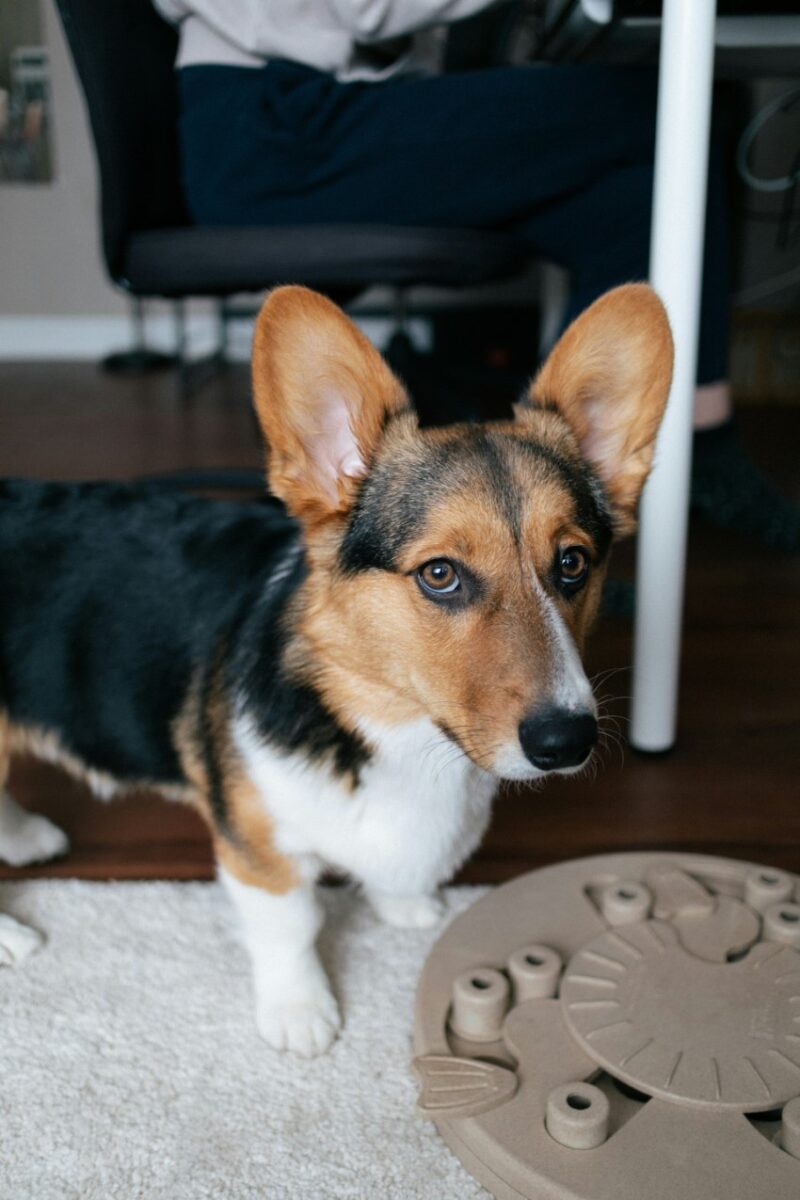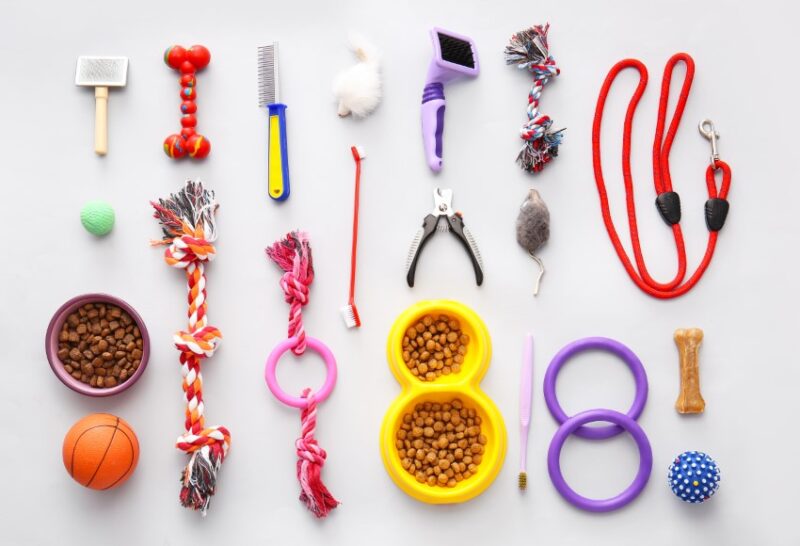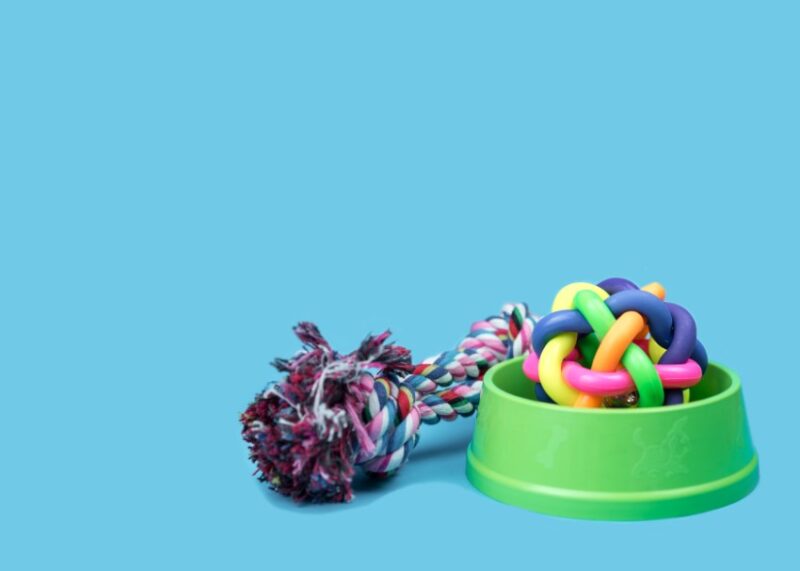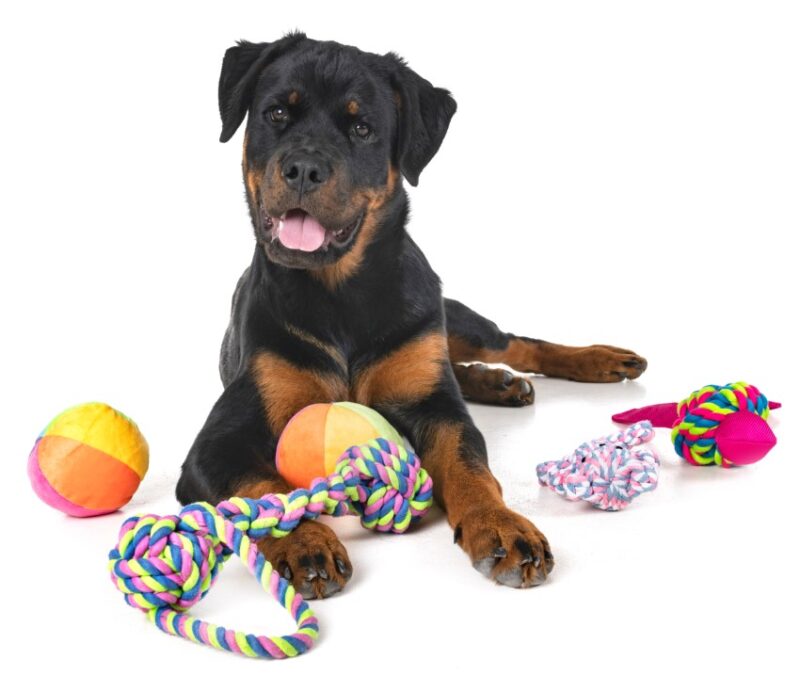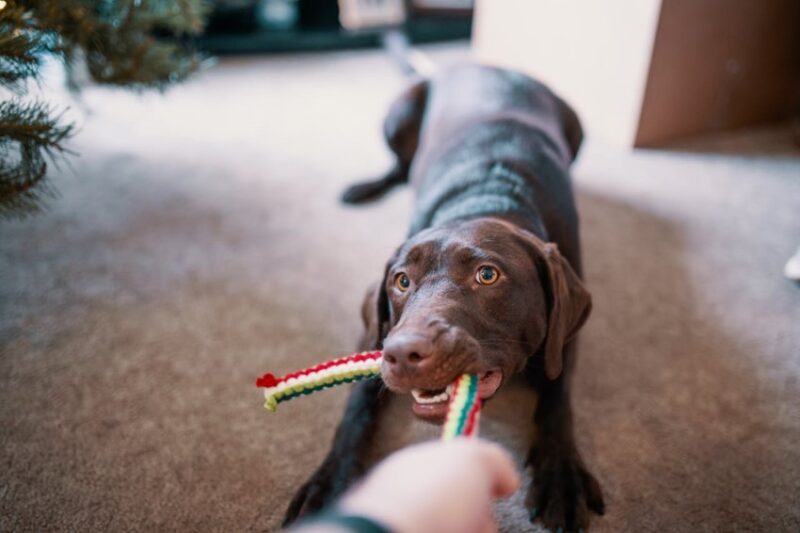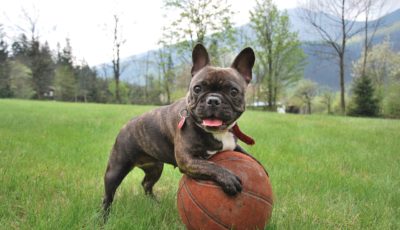How to Introduce Your Dog to the Finest Puzzle Toys?
Puzzle toys provide wonderful mental enrichment for dogs by tapping into their natural problem-solving intelligence. But just handing your dog a new puzzle may overwhelm them at first. Using a gradual introduction process sets them up for success with these stimulating toys. Here’s how to get your dog started on the finest puzzle toys.
Choosing Appropriate First Puzzles
Start with beginner-level puzzles that won’t be too challenging for your dog right off the bat. Look for the following features in their first puzzles: the finest puzzle toys that offer simple challenges and easy-to-understand mechanics, ensuring an enjoyable and rewarding experience for your furry friend as they begin their puzzle-solving journey.
Simple Manipulation
Puzzles requiring straightforward physical actions like sliding a door or lifting a flap are ideal beginner challenges. Avoid intricate, multistep puzzles initially.
Large/Easily Grasped Pieces
Large, graspable pieces allow less dexterous dogs to easily manipulate the puzzle with their mouth or paws. Small, intricate parts can frustrate them.
Shallow Compartments
Treats or toys placed in shallow, easily accessed compartments let novice dogs readily retrieve the “prize” without struggle. This prevents discouragement.
Food Motivation
Use high-value food rewards in their initial puzzles to increase motivation and create a positive association through success during early attempts.
Appropriate Size & Materials
Make sure the first puzzles are sized for your dog’s mouth and paws. Also, ensure materials are durable enough to withstand chewing behaviors.
Demonstrate Puzzle Solving
Don’t just hand your dog a new puzzle and expect them to intuitively know what to do. Demonstrate how the puzzle works so your dog understands how to solve it.
Show Full Process
Slowly demonstrate each step required to solve the puzzle, such as lifting a lid or pulling a lever. Let your dog observe the whole sequence of actions needed to reach the reward.
Repeat Demonstration
Demonstrate solving the puzzle multiple times while your dog watches attentively. Repetition helps imprint the process on their memory before attempting it themselves.
Use Exaggerated Motions
Use exaggerated, deliberate motions when modeling the puzzle-solving sequence so each necessary action is distinct and clear. It will click better for the observing dog.
Verbalize Steps
Narrate your actions as you demonstrate the puzzle-solving process. For example, say “lift lid” as you lift the lid to further reinforce understanding.
Give Enthusiastic Praise
Offer enthusiastic praise and treats when demonstrating successful puzzle-solving to convey a positive tone. This primes your dog’s motivation to replicate it.
Guiding Your Dog’s First Attempts
The first few times your dog approaches a new puzzle, guide them gently to ensure they learn properly. Offer the following guidance:
Stay Close By
Stand by your dog during their initial puzzle attempts. Your close presence offers reassurance if they become confused or frustrated.
Use Pointing Cues
If your dog seems unsure what to do, point and/or tap on key elements like a lid to lift while verbally prompting the necessary action.
Steady Unstable Puzzles
For wobbling puzzles like treat balls, hold the puzzle steady with light pressure during your dog’s first tries so it doesn’t roll away when touched.
Praise Small Successes
As your dog starts interacting with the puzzle, praise every small success like touching the puzzle piece even if they haven’t fully solved it yet. This boosts confidence.
Avoid Interfering Excessively
Give adequate guidance, but don’t physically solve the puzzle for your dog. Allow them to work it out after sufficient demonstration from you.
Prevent Giving Up
If your dog starts losing interest or getting frustrated, guide them through the process again. End the first session on a positive note after some success.
Making Early Experiences Positive
Use the following tips to help ensure your dog associates early puzzle experiences with positivity:
Keep Sessions Brief
Limit first puzzle play sessions to just 5–10 minutes. Quit while your dog is still interested and successful, instead of pushing too long.
Watch for Signs of Stress
If your dog shows prolonged signs of stress like panting, pacing or avoiding the puzzle, provide reassurance or try an easier puzzle.
Use Familiar Treats
Stuff puzzles with your dog’s favorite tried-and-true treats for initial uses so they are extra motivated to work at the puzzle.
Add Praise & Petting
Offer frequent praise and petting for all interaction with the puzzle, even just sniffing it. This nurtures their curiosity in a patient, low-pressure way.
Play Together at First
Consider guiding your dog through the puzzle with your own hands over theirs at first. Your involvement makes it a fun bonding activity.
Avoid Corrections
Never scold puzzle-solving mistakes. Gently redirect your dog or simplify the puzzle if they are becoming frustrated. Keep things upbeat.
Progressing Beyond Beginner Puzzles
As your dog grasps basic puzzle-solving, slowly introduce more advanced puzzles with the following elements:
Multi-Step Actions
Increase the sequence of actions needed, such as sliding multiple doors in sequence or lifting several lids in a row to reach the reward.
Complex Manipulations
Add puzzles requiring more dexterous actions like pulling levers, twisting dials, or pressing buttons with their paw or noses.
Deeper Compartments
Gradually increase the depth and complexity of compartments for treats/toys so dogs must work harder to extract them.
New Puzzle Types
Incorporate entirely different puzzle formats with unique widgets, like rolling treat balls or puzzle boxes. This adds more mental variety.
Less Food Reward
Over time, rely less on food motivation as the novelty itself becomes rewarding. Or use praise rewards occasionally.
Minimal Guidance
Fade out physical guidance and let your dog work through increasingly advanced puzzles independently once they have the hang of it.
Conclusion
The key to introducing dogs to puzzle toys is making sure early experiences are calm, low-pressure, and successful. Start with basic beginner puzzles, demonstrate solutions, guide them through initial attempts with encouragement, use high-value food rewards, and keep it short and fun.
As your dog gains competence, then work up to more complex and challenging puzzle toys to keep their brain engaged. With this gradual introduction process, you’ll have your dog loving their mental enrichment in no time!

